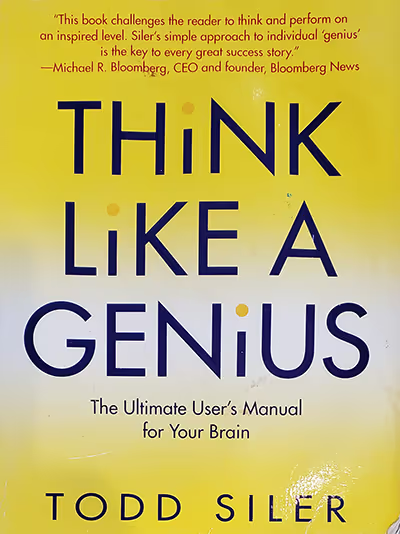s not our goal at Greenwich Arts Academy. Our overarching target for all our students is:
CREATIVITY.
It’s at the heart of what makes us human. We make new things.
We accomplish this by dynamically sifting all the stimuli that come in and combining them with our vast wealth of stored experience. Creating is really re-combining.
But it’s not taught in many schools. In fact, “creativity” frequently gets little more than a passing nod.
Have you noticed that kids rarely have hobbies nowadays? That they seem incurious, and uninterested (unless it’s in their phones, where someone else has been creative and the child now merely passively consumes the content). That they’re afraid of making mistakes, often to the point of paralysis?
In many schools we "Teach to the Test"
This is a crisis, and it’s a tragedy. Because it’s only through curiosity (forward force) and error (backward force) that the mind learns.
* * *
Have you ever watched a toddler learn to walk? They bump into every wall, table, and chair leg, and figure out every way possible to fall down. And once they’ve done that, whatever’s left is called “walking.” Works like a charm. We learn everything that way.

But in many schools, we “teach to the test.” That is, we force-feed information that is meant to be regurgitated exactly as input. (How else can we pass tests, right?) We also penalize “wrong” answers and “mistakes.” Many students don’t actually learn how to learn.
And gradually, that sense of wonder and curiosity that all children radiate when they’re little just… goes… away…
Our industrial-revolution-era education system was designed to churn out good workers, to be cogs in other people’s machines. This model still applies here, now, almost 200 years later. But we don’t want our children to be cogs, do we?
They must become creatives.
* * *
Hi there! I'm Michael Hienzsch, director of Greenwich Arts Academy. 30 years ago, when I was developing the teaching methodology we use at Greenwich Arts Academy today, I came across Drawing on the Right Side of the Brain by Dr. Betty Edwards. This was a book about how ordinary people could learn to draw spectacularly well in only seven days, by learning to “see how artists see.” Actually, by learning to use their brains in a new way. A whole-brain, creative way.
I immediately recognized a robust corollary between learning to draw well and learning to play an instrument well. This connection answered a lot of questions for me. So I adopted much of Dr. Edwards’ research into my own music teaching method.
Because becoming a good musician is identical with becoming a creative musician.
But I gradually discovered that consciously developing creativity isn’t just about becoming an excellent artist. It’s a crucial life skill.
It's the creative parent who raises curious, creative children

I learned creativity is a whole-brain function. It makes you smarter, and in a feedback loop being smarter makes you more creative. Creativity goes hand-in-hand with “auto-didacticism,” the ability to teach yourself. Think Da Vinci, Mozart, Franklin, Lincoln, Disney, Jobs. Statistically, adults who continue to learn into old age live longer, and stronger.
It’s the creative office worker who gets raises and promotions (ok, and steps on toes and sometimes gets fired). It’s the creative team member who generates the forward momentum (and frequently assumes a leadership position) in projects. It’s the creative parent who raises curious, creative children.
Creativity is the “killer app” of the 21st century.
* * *
At GAA, the quest for creativity is woven into the fabric of everything we do. Here creativity is deliberately taught, and learned. (BTW, if you're currently looking for a music school, and the academy you’re considering doesn’t place creativity at the pinnacle of their process, move on!)
(Note: to be fair, some schools are slowly waking up to this crisis of non-creativity. You’re starting to see “makerspaces” showing up, where kids can design and build whatever they can imagine. Shop classes are coming back. Even a little bit of arts funding. Learning to code is a creative activity. But we need more. Our ability to compete on the world stage depends on it.)
* * *

Sometime when you’re at the Academy, browse through the bookshelves. You’ll find an array of books and resources revolving around the notion of “thinking like a genius.” Including the book Think Like A Genius.
We firmly believe creativity is both teachable and learnable. It’s not about talent, or in-born aptitude. Anyone can learn to be creative. And it’s critical that our students acquire this skill. It’s the key differentiator between being a passive or an active person. A leader, or a follower.













